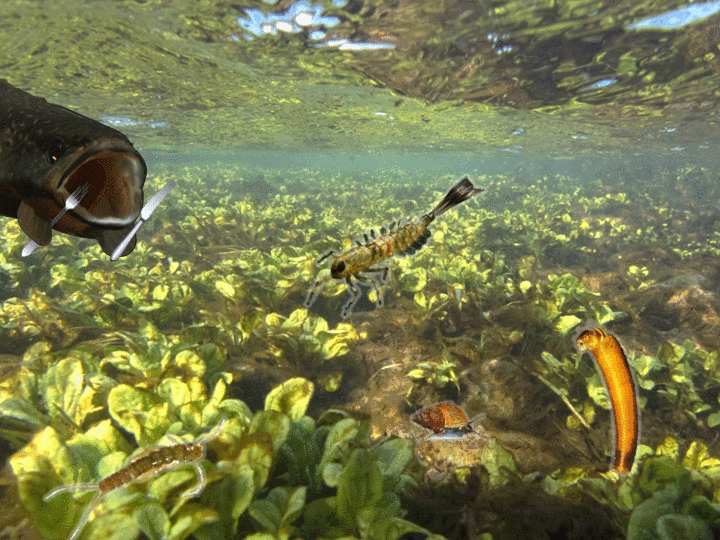Resistance and Resilience in Stream Restoration – A Primer
Dr. Isabelle Barrette is a recently-completed PhD from the University of Canterbury – Te Whare Wānaga o Waitaha in Aotearoa New Zealand where she worked with Drs. Catherine Febria, Helen Warburton as part of a wider collaborative team undertaking research on unhealthy resistance and resilience in stream restoration, funded by the New Zealand’s Biological Heritage National Science Challenge. Earlier this year one of her papers was published in Proceedings of the Royal Society B.
An important theme in the Healthy Headwaters Lab is ecosystem restoration and the pursuit of research to test and develop theory while also mobilizing insights into practice. Over the years, our work has shown that significant efforts on the theory and practice of restoration strategies restore ecosystems back to their original health are complex, require context-specific testing and that they are often unsuccessful or result in disappointing outcomes.
Dr. Isabelle Barrett explores this through her recently completed PhD. First are the key ecological concepts of resistance and resilience. Resilience is the ability of an ecosystem to essentially quickly bounce-back from a disturbance, while resistance is an ecosystem’s ability to remain unchanged and withstand disturbance. A key realization in Barrett’s research was that resistance and resilience were not just properties of a healthy ecosystem, but of ecosystem’s we consider degraded as well. It is also important to note what a degraded ecosystem is; a degraded ecosystem is one that has lost biodiversity and whose functioning has been disturbed by human activity. One more term to understand is ecosystem restoration; this refers to trying to restore all elements of an ecosystem, the physical, chemical, and biological, in order to restore the health of the ecosystem. A key component of this is reintroduction, or bringing back biodiversity that had been lost. In this experiment, Barrett is reintroducing macroinvertebrates to the degraded ecosystems in order to restore the system’s biodiversity; they are referred to as ‘desired colonists’.
Macroinvertebrates. GIF created by Dr. Barrett, taken from https://riversandstuff.wordpress.com/2018/08/04/rainbow-juice/ . Photos by Angus McIntosh.
Dr. Barrett hypothesized that if the organisms found in the degraded ecosystem are persistent, the desired colonist community would not flourish, even if proper chemical and physical conditions had been restored. By setting up controlled situations where colonist communities were introduced to a degraded, and non-degraded environment, she found that the desired colonists (also called sensitive colonists) were lost more frequently under degraded ecosystem conditions. You can read her study, published in the Royal Society Journal, here.
Now that we have this information, what can be done to improve the conditions of degraded ecosystems to allow desired colonist communities to be successful? Dr. Barrett has an answer for that as well.
GIF created by Dr. Barrett, taken from Dr. Barrett’s blog: https://riversandstuff.wordpress.com/2018/08/04/rainbow-juice/
Barrett invites you to picture a large cup full of rainbow juice; this is a healthy ecosystem, with all components of a healthy ecosystem present. Now picture that same cup, but only full of red juice; this is a degraded ecosystem. You can’t fit any other colours of juice in the cup when it is so full of red juice! So how do you solve this? The answer is simple, pour some of the red juice out to make room. Dr. Barrett’s genius analogy illustrates a simple, yet effective, solution for reintroduction of desired colonists into degraded systems; if we remove some of the organisms that have made this degraded ecosystem their home, then there will be more room for the organisms we want to be there. Now I can’t explain it nearly as well as Dr. Barrett can, so check out her post on her analogy here!
References:
https://riversandstuff.wordpress.com/2018/08/04/rainbow-juice/
Barrett Isabelle C., McIntosh Angus R., Febria Catherine M., and Warburton Helen J.. 2021. Negative resistance and resilience: biotic mechanisms underpin delayed biological recovery in stream restoration. Proc. R. Soc. B. 288:20210354. 20210354. http://doi.org/10.1098/rspb.2021.0354


